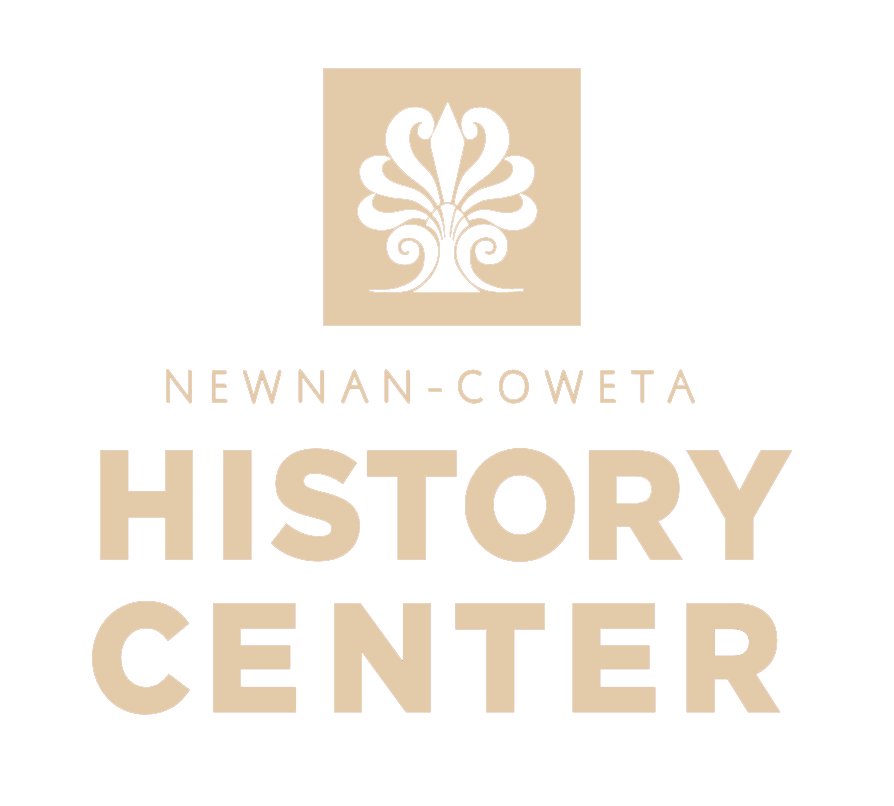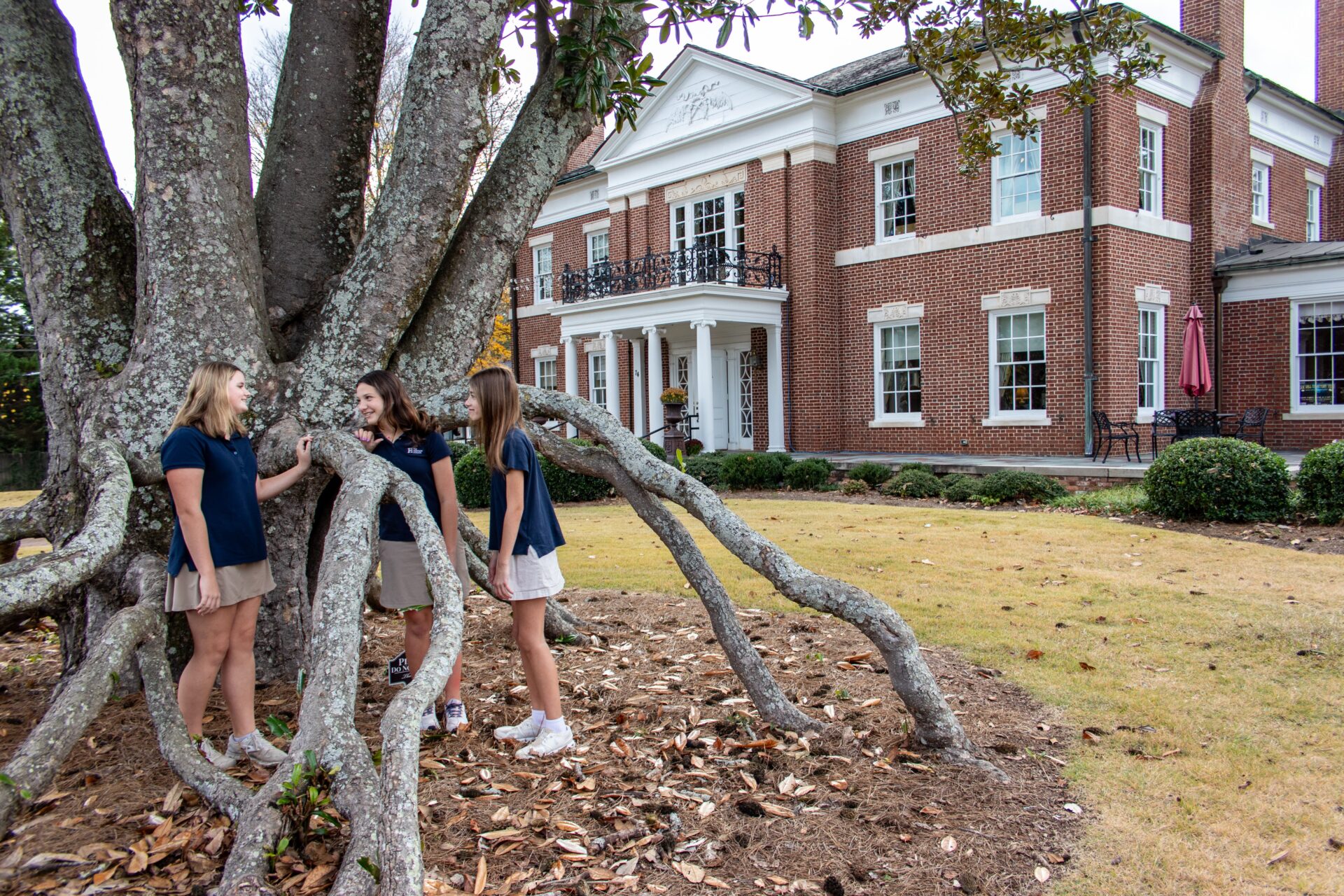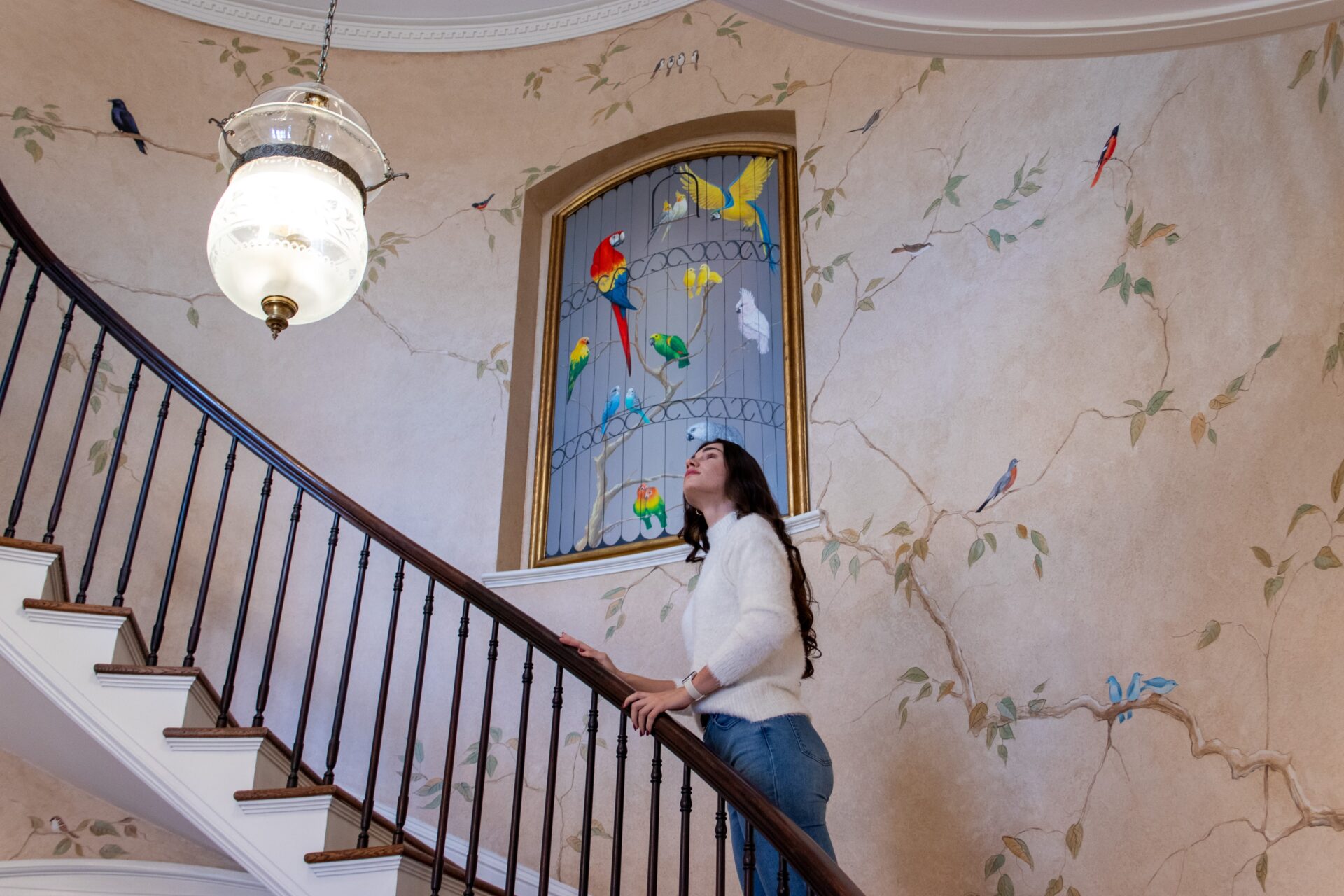Our Organization
If you want to learn more about the local history of Newnan and Coweta, you’re in the right place.
Share
About The Museum
The Peniston-Arnall-Thomasson Home is a 1937 Neoclassical style house. It was the home of Ellis Hardeman Peniston (1897-1963) and his wife, Mildred Willcoxon Arnall Peniston (1898-1958). Mildred was the daughter of Arnall Mill president Alton Wynn Arnall, and after her father’s death in 1936, Ellis Peniston became the president of Arnall Mill in Sargent. The Penistons had no children, but were very close to their nieces and nephews.
After Ellis died, he left the home to Mildred’s niece, Susie Mann Thomasson. Susie, her husband, physician Dr. James J. Thomasson, Sr., and their four children lived there until 1987. The home was then purchased by the adjacent Newnan Hospital, built in 1925 by Kennon Perry. Newnan Hospital renovated and converted the home into administrative offices.
After Newnan Hospital merged with Piedmont, a new hospital facility was constructed in a new location. Therefore, the house was purchased by the City of Newnan in the late 2000s.
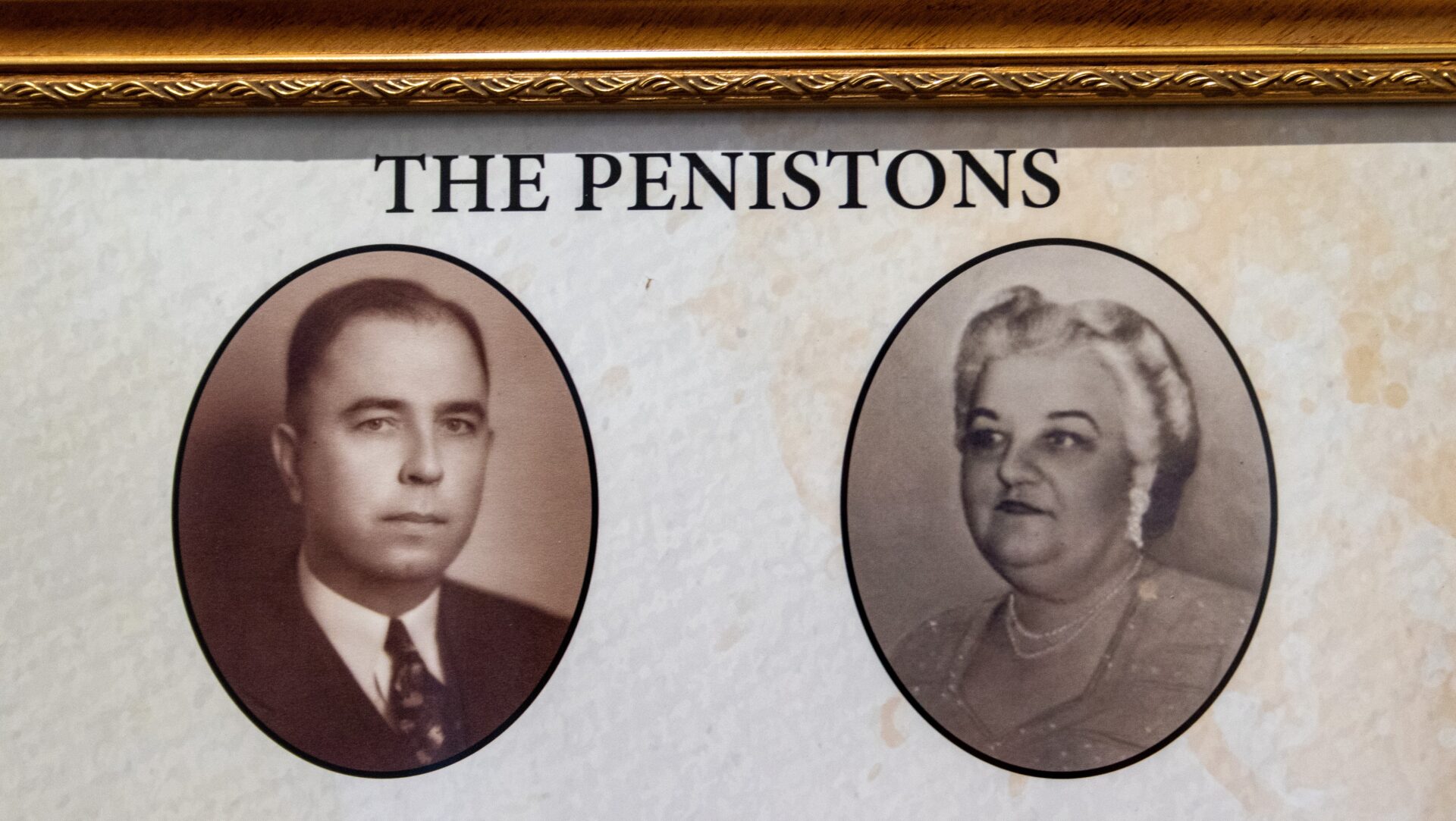
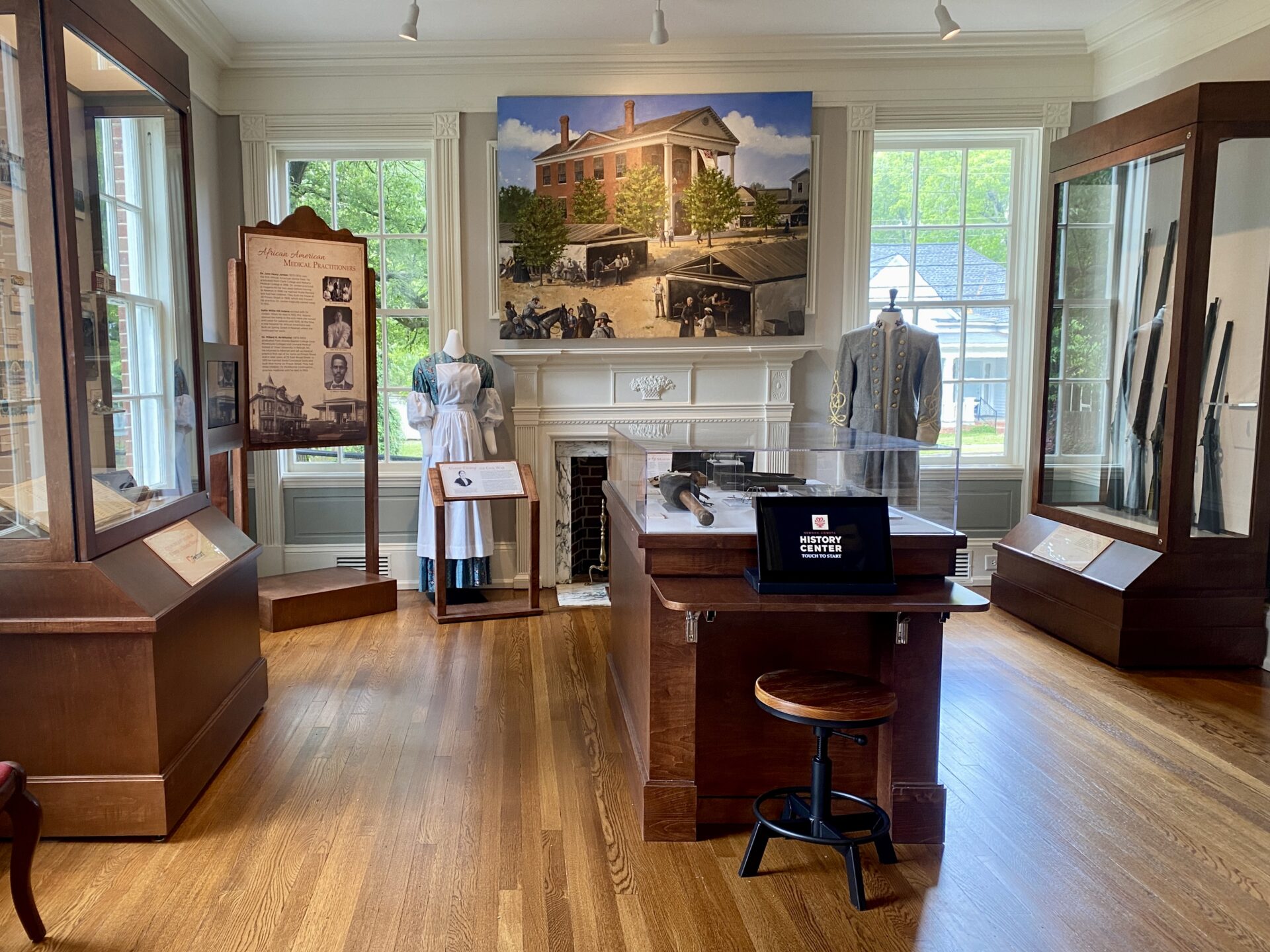
In 2013, the Newnan-Coweta Historical Society received an endowment and furnishings from the estate of Edgar B. Hollis, Jr., NCHS and the City of Newnan arranged for the Peniston-Arnall-Thomasson Home to be set up as a new facility, and the McRitchie-Hollis Museum.
The museum is home to exhibits that tell stories of Newnan and Coweta’s past. Guided tours include the history of the home, the story of the Penistons, and a tour of the current exhibits.
The McRitchie-Hollis House sits at 74 Jackson Street, next to the University of West Georgia’s Newnan Center campus.
What You’ll Find Inside
Click on the locations within the Museum to find out more about our Collections
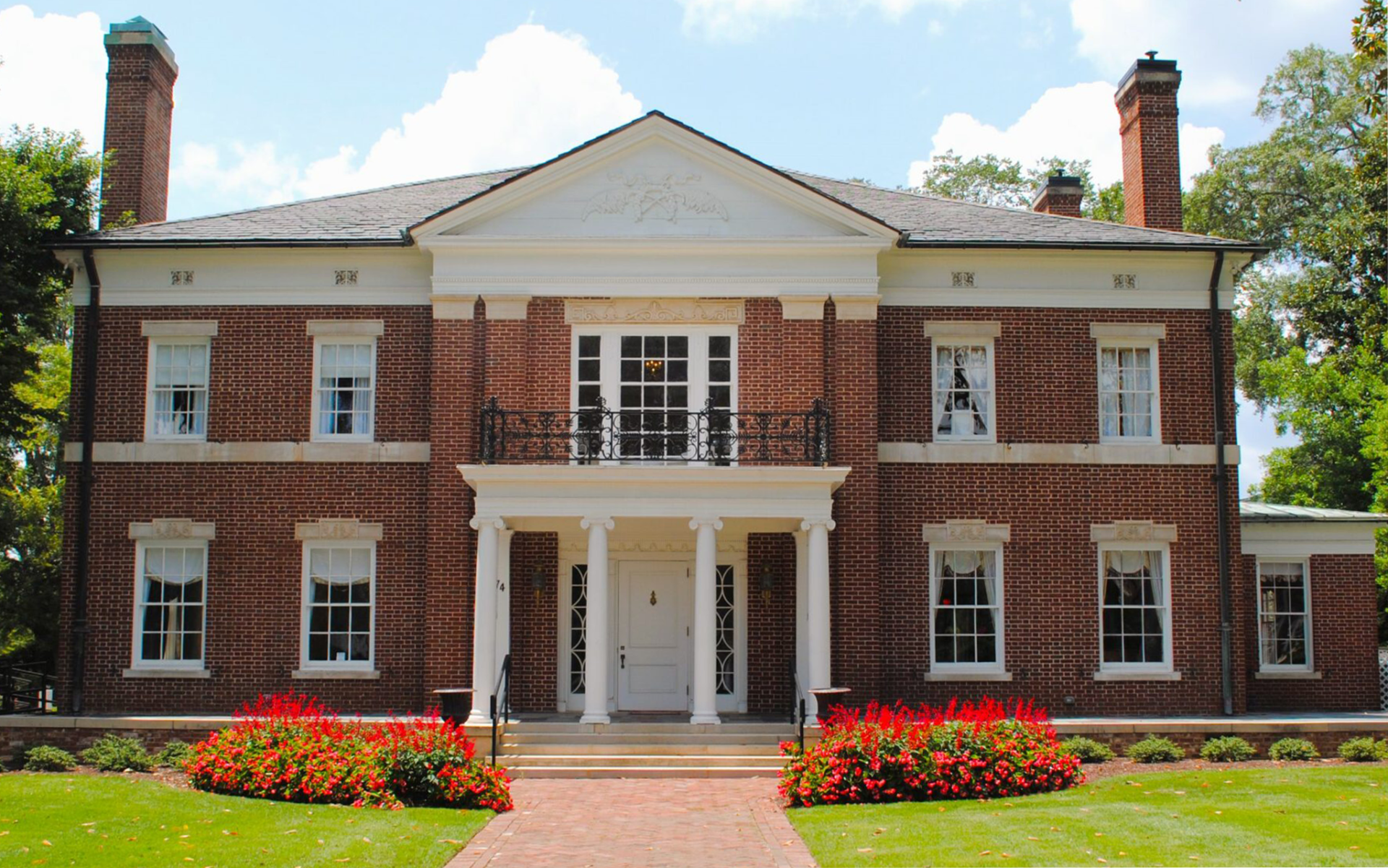
Frequently Asked Questions
When is the McRitchie-Hollis Museum open?
The McRitchie-Hollis Museum is open Tuesday-Friday from 10:00am-4:00pm; Saturdays from 10:00am-2pm.
When are tours of the museum held?
Tours of the museum are given daily during regular hours. To make a specific tour request, please call the NCHC offices at 770-251-0207. For groups of 8 or more, we ask that you call in advance to book your tour.
Can I conduct research at the Newnan-Coweta History Center?
Yes. All researchers must call the NCHC offices to schedule a time to come in and conduct research. Please notify staff of your research interests so that we may pull your documents and archives before your appointment.
I live in a historic home. Is there research available for me?
Yes! NCHC holds a small collection of historic house files. NCHC also houses over a century of tax records available for research. Please call the offices at 770-251-0207 to schedule a research time.
Can I rent the McRitchie-Hollis Museum or Historic Train Depot for events?
Both of our spaces are available for rent. Please see our rental page or email our Rental Coordinator at nchsevents@gmail.com for more information.
Is this the house with the “spider tree” out front?
Yes! Equally, if not more, famous than the Peniston home, which serves as the site of the McRitchie-Hollis Museum, is the magnolia tree that stands outside the front of the house on Jackson Street. Throughout the years, the tree has earned its fair share of nicknames— “the spider tree” being the most commonly-known moniker around town.
Why does the magnolia tree grow that way?
We aren’t sure! The “spider tree” was likely planted in the 1940s at the same time as its counterpart magnolia tree growing on the museum’s front lawn. As the tree continued to age, the limbs were pruned and the magnolia took a distinctive look as the roots grew out of the ground. No one can really explain why this particular magnolia tree grew this way, as it certainly is not typical, or why the other tree did not grow in a similar fashion. The end result, however, is an iconic Coweta County staple—an artistic and unusual greeting into downtown.
